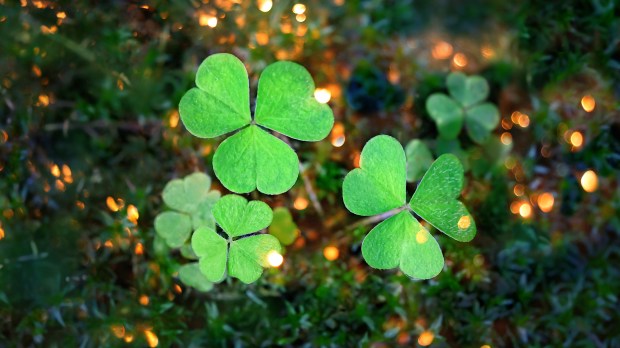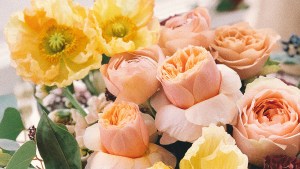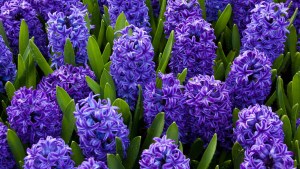My daughters were recently disappointed to learn that the shamrock St. Patrick is often pictured with is just a standard three-leaf clover. “It should be four leafs,” they protested. “A four leaf clover is much cooler!”
I explained, of course, the legend of St. Patrick teaching pagans in Ireland about the Holy Trinity using the three-leaf clover. (My daughters had to admit this made sense, but still think a saint as famous as St. Patrick should have a more unique emblem. Ah well.)
Whether the story of St. Patrick using the shamrock to explain the Trinity is actually true, it’s a reminder that nature provides us beautiful ways to share truths about God with others, and especially with children. Here is handful of simple natural elements that might be as as close as your own backyard.
Rocks and stones
Whether it’s a small stone you pick up strolling along the beach, or a giant boulder you surmount on a challenging hike, a rock is a great symbol for God, and for the Church. Recall Jesus’ words in Matthew 16 where he says of Simon Peter, “And I tell you, you are Peter, and upon this rock I will build my church, and the powers of death shall not prevail against it.”
A rock is solid and strong; an item of substance. It can hold down papers on a desk or be the foundation for an entire building. Rocks can also be beautiful. Some take hundreds of years to form, putting our rather short, passing lives into perspective.
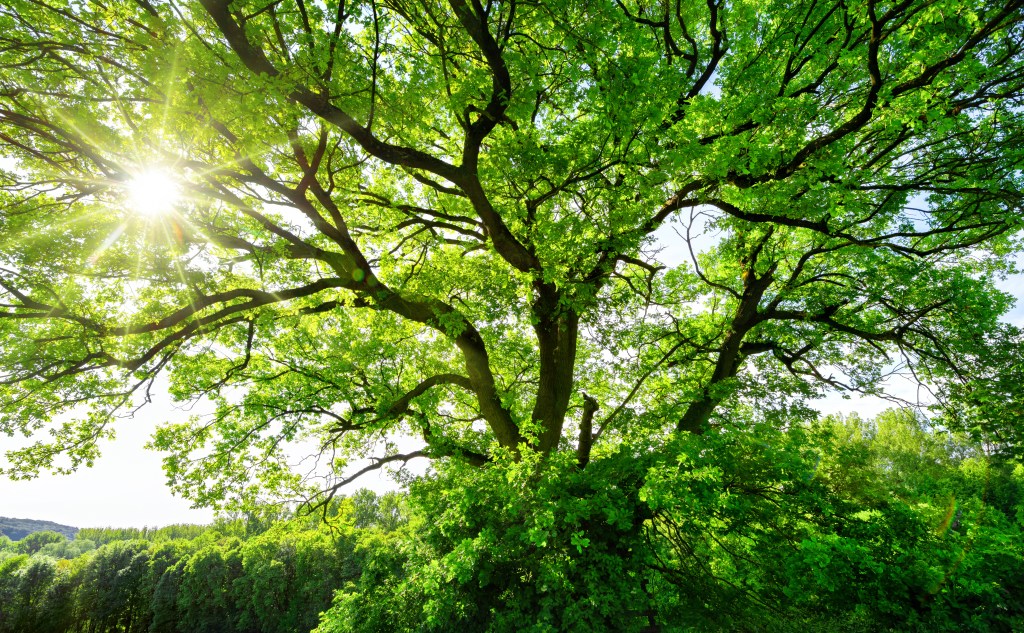
Trees and vines
There are many references to trees and vines in the Bible, beginning in Genesis with the Garden of Eden. A tree represents life, with its roots and trunk and branches. It can be a symbol of God’s provision, as well as our call to stay rooted in him and bear fruit.
We also now know that trees have a way of “talking” to one another. No tree stands alone, but under the surface, it is connected to other trees and plants around it, just as we are connected to our brothers and sisters around us.
Water
Water, of course, has long been a symbol of life — both physical and supernatural. Roughly 60% of the human body is made up of water. We can’t live without it. And being baptized into the family of God requires water. Water saves and purifies; it also destroys.
So many Scripture passages focus on water, or it plays an important part of the story — Noah’s ark, the parting of the Red Sea, Jesus walking on water, and the woman at the well who asks for the living water Jesus wants to give us.
Fire
Fire, like water, can sustain life or destroy it. It is a terrific symbol for God and his power — recall when Yahweh speaks to Moses from the burning bush on Mount Sinai. It is also a great way to speak of God’s love for us, which is like a consuming fire and brings warmth and life. With fire, we can teach about the Holy Spirit as we recall how the apostles experience the coming of the Holy Spirit and tongues of fire appeared above their heads (Acts 2).
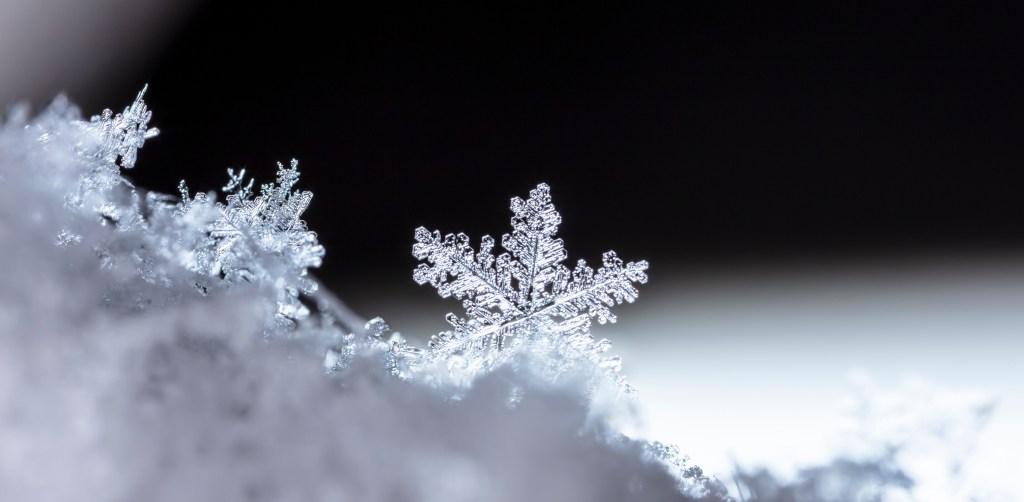
Snowflakes
The incredible delicate beauty of snowflakes is a perfect chance to teach about how God makes us each of us as unique individuals, unrepeatable and special. Snowflakes can also remind us of the fleetingness of life; we are born, we bring our gifts to the world, and then we are gone. But we belong to God and we are meant to live with him forever in eternity.
Flowers
Flowers are a wonderful teaching tool in the same way that snowflakes are — no two flowers are quite alike and many saints are associated with flowers. Lilies are associated with the Virgin Mary as well as St. Dominic, as they are a symbol of purity. Roses are often shown with St. Therese of Lisieux, St. Rose of Lima, and St. Cecilia, as well as the Blessed Mother.
